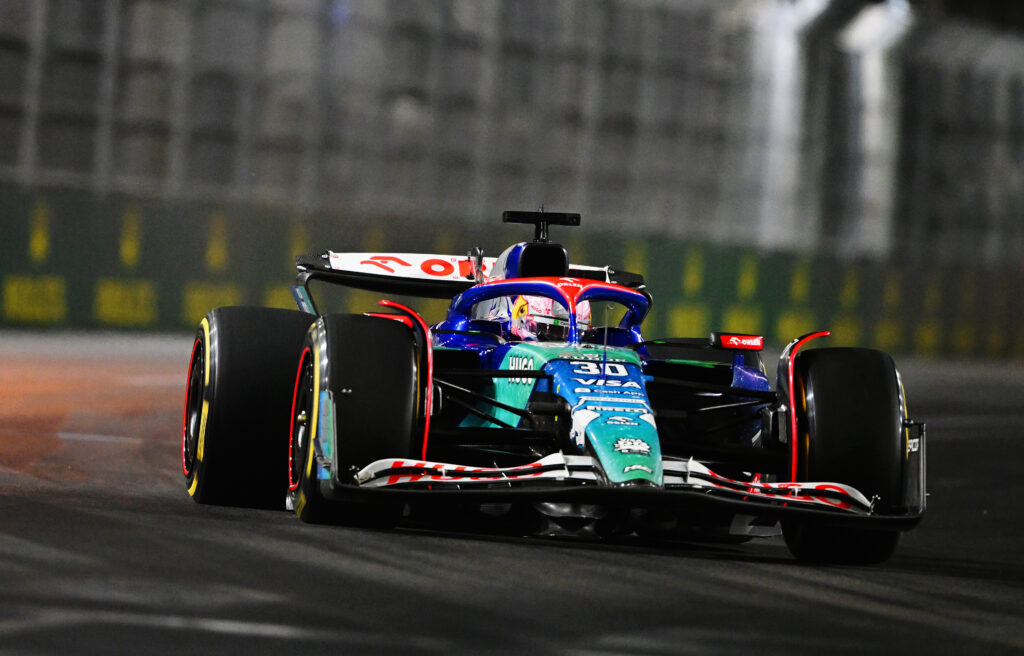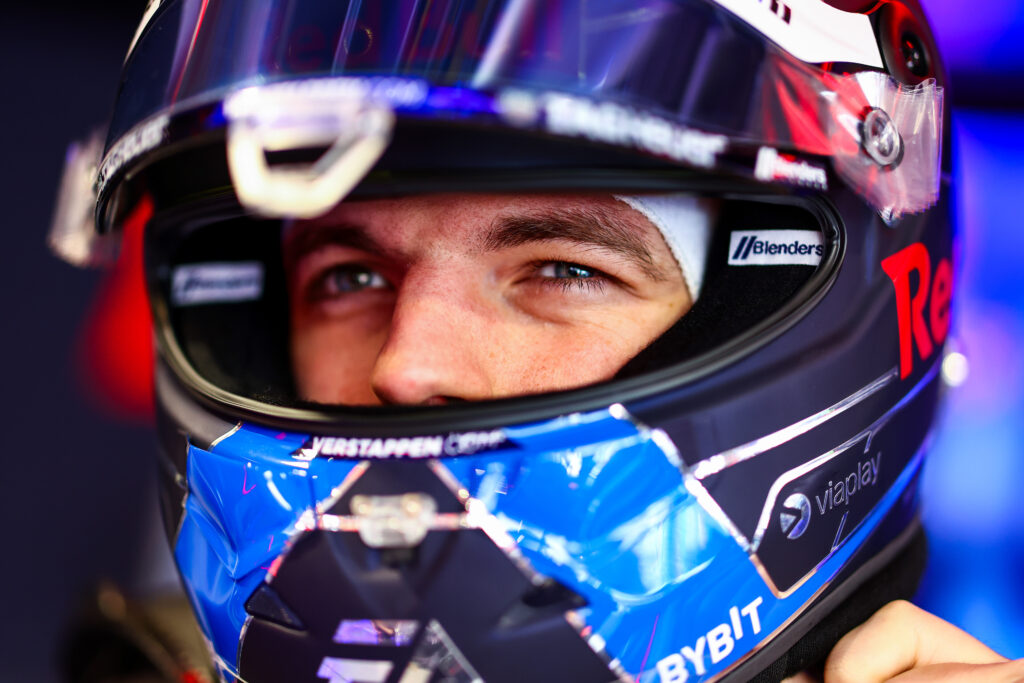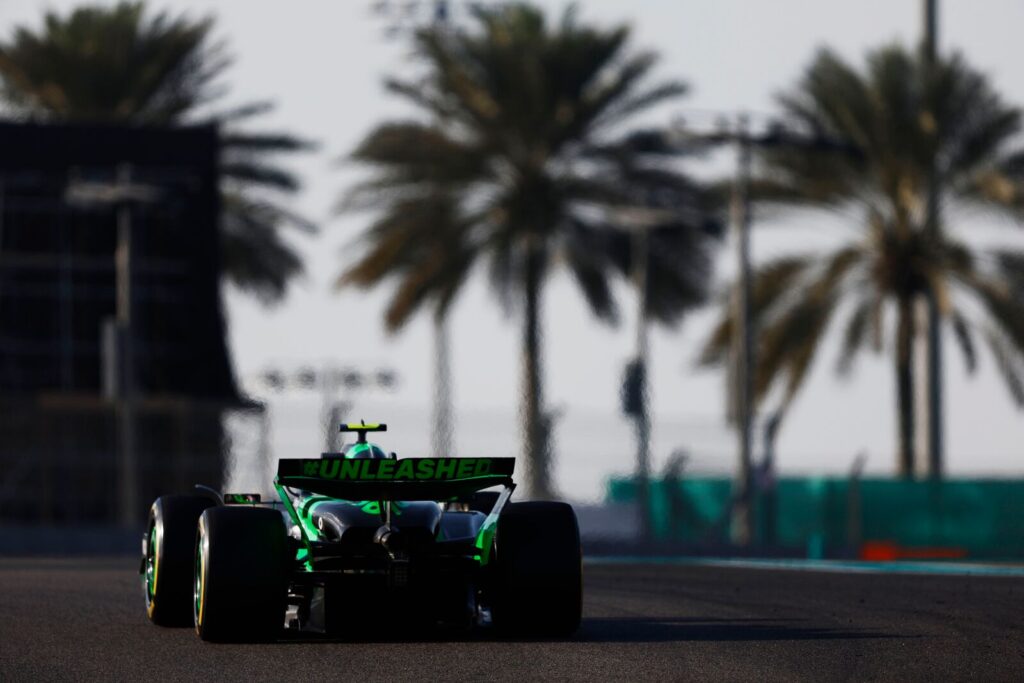In recent years, Formula 1 has experienced an unprecedented surge in popularity, fueled by blockbuster seasons, captivating storylines, and a growing digital presence. As viewership skyrockets and fan engagement deepens, the sport has become a magnet for sponsors eager to associate their brands with the glamour, speed, and global reach of F1. However, this rising demand has led to an F1 sponsorship race and a critical question: Are F1 teams running out of inventory and sponsorship assets to offer?

© Getty Images / Red Bull Content Pool
Why Is Inventory Becoming Limited?
Several factors have converged to create a situation where sponsorship opportunities in F1 are becoming increasingly scarce:
Boom in Popularity: Formula 1’s global audience has grown significantly, particularly in key markets like the United States, where the sport’s popularity has surged thanks to Netflix’s "Drive to Survive" series and high-profile events like the Miami and Las Vegas Grands Prix. This boom has attracted a wave of new sponsors, from traditional automotive and technology companies to lifestyle and consumer brands.
Fixed Asset Space: The physical space available on an F1 car, driver suits, and team apparel is inherently limited. Teams are bound by aerodynamic design and regulations, which constrain the number of logos that can be placed on a car without compromising performance or aesthetics.
Long-Term Partnerships: Many teams have secured multi-year deals with sponsors, locking up prime real estate on cars and apparel for extended periods. This limits the availability of top-tier assets for new entrants.
Increased Competition Among Sponsors: With only 10 teams on the grid and a limited number of visible assets, the competition to secure sponsorship deals has intensified. This scarcity has driven up costs and created a more exclusive marketplace.
Diversification of Revenue Streams: Teams are increasingly diversifying their sponsorship portfolios by offering digital, experiential, and hospitality assets. While this expands the range of opportunities, it also means the most sought-after physical assets become even more valuable and quickly allocated.

© Getty Images / Red Bull Content Pool
How Sponsors Can Navigate This Challenge
For sponsors looking to enter the F1 ecosystem or expand their involvement, the challenge of limited inventory requires strategic navigation. Here are some approaches to consider:
Think Beyond the Car: While car branding is iconic, sponsors should explore other high-impact opportunities. Team apparel, driver helmets, pit lane equipment, and even digital assets such as social media campaigns and virtual experiences can offer significant visibility.
Leverage Digital and Content Marketing: F1’s digital ecosystem is vast and growing. Sponsors can partner with teams to create bespoke content, behind-the-scenes stories, or fan activations that generate engagement and build brand affinity.
Focus on Hospitality and Experiential Marketing: The F1 paddock is one of the most exclusive networking spaces in the world. Sponsors can capitalize on hospitality packages to host key clients, partners, or employees while creating unforgettable experiences aligned with their brand.
Target Emerging Teams: Established teams often have limited availability and high costs for sponsorship. Sponsors can consider partnering with emerging teams that may offer more flexibility and a chance to grow alongside them.
Multi-Team or Championship-Level Deals: Instead of focusing on a single team, brands can explore partnerships with multiple teams or even the Formula 1 organization itself. This approach can provide a broader reach and diversify risks.
Embrace Innovation: F1 teams are pushing the boundaries of sponsorship by offering creative assets like augmented reality (AR) experiences, metaverse integrations, and sustainability-focused initiatives. Brands that align with these innovations can carve out unique opportunities.

© Zak Mauger/Sauber Group
The Future of Sponsorship in F1
While the scarcity of sponsorship assets presents a challenge, it also reflects the growing value and prestige of partnering with F1 teams. Sponsors willing to think creatively, act strategically, and embrace innovation will find ways to navigate this evolving landscape. By leveraging untapped opportunities and building meaningful partnerships, they can still achieve exceptional returns in one of the most dynamic sports ecosystems in the world.







